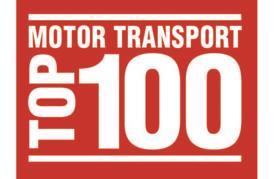
The DVSA has introduced a combined traffic and roadworthiness score to its OCRS system to help focus its roadside enforcement on high-risk operators.
Examiners will now use the combined score to determine which vehicles to check, but operators will be able to view their individual roadworthiness and traffic scores online.
Under a series of changes made to the OCRS system last week, the DVSA has also removed the ‘straight to red’ trigger, which automatically gave operators a red OCRS following a prosecution or the discovery of an infringement considered to be in its ‘most serious’ band, such as not using a tachograph.
Operators with a red OCRS are most likely to have their vehicles stopped by examiners. Operators will still receive OCRS points for serious offences and prosecutions, but the DVSA will instead consider their overall compliance when determining whether to give them a red score.
The DVSA intends to prevent points from both a serious defect and the issue of a fixed penalty notice being added to an operator’s score together. Points will instead be given for the roadworthiness defect only.
The OCRS penalty for prosecutions and ‘band five’ offences, which include failing to record data on a tachograph, will also be lowered from 500 to 300 points.
RHA director of policy Jack Semple said the association recommended that all operators know what their OCRS is and welcomed the refinement of the DVSA’s process for identifying businesses that are least likely to be compliant.
■ The DVSA is considering whether it is practical to use external assessors to carry out Driver CPC practical demonstrations. From early December to early January 2017 it is trialling outsourcing part four of the Driver CPC assessment, which includes vehicle walk-around checks and safe loading, to an unnamed third party. The DVSA still plans to offer the test, but said opening up assessments to other providers would allow vocational drivers more choice.




























